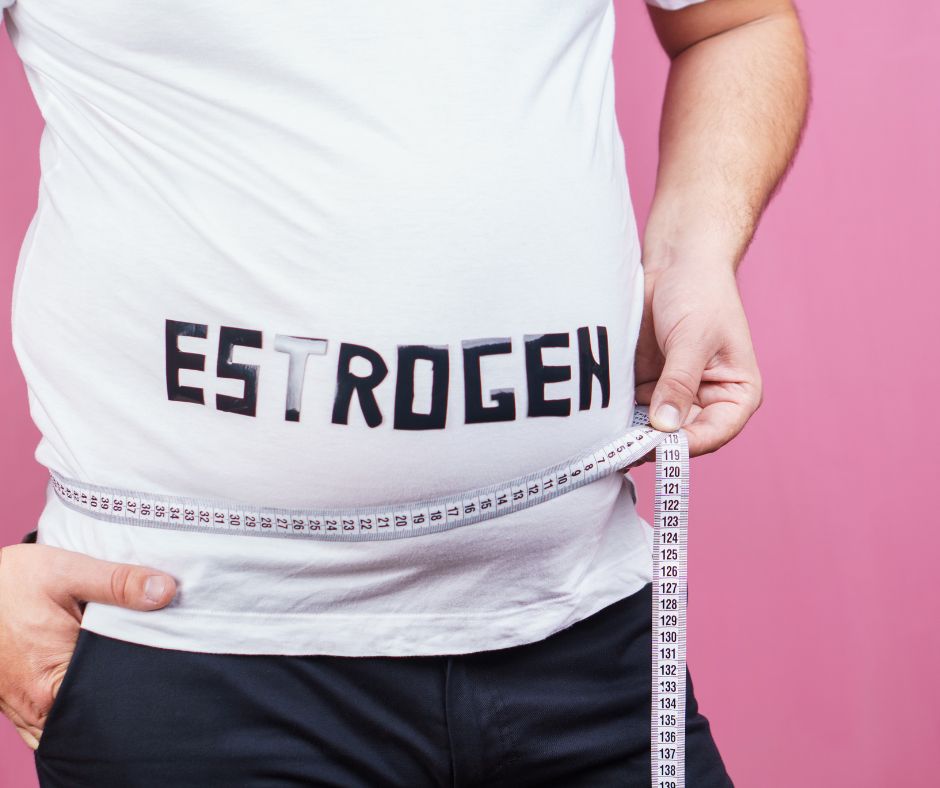Hormones and Lipoedema: Understanding Estrogen’s Role in Fat Accumulation and Distribution
Lipoedema is a chronic condition. Its main characteristic is disproportionate and painful accumulation of fat deposits, primarily in the lower body, but also seen in arms. This condition affects more women than men, almost 11% of women worldwide have it and is often associated with hormonal changes (e.g. during puberty, pregnancy, or menopause). Among the various hormones implicated, oestrogen plays a pivotal role in the development and progression of lipoedema, influencing fat distribution, accumulation, and related metabolic processes. Let´s have a closer look…
What is Oestrogen?
It is a hormone (seen in women and men) produced in more quantity in female bodies. The ovaries, adrenal glands and fat tissues produce this hormone in women.
The majority of people know oestrogen for its role in female sexual and reproductive health, however it also has a pivotal role in processes like:
- Cognitive health
- Bone health
- The function of the cardiovascular system
- Central nervous system
- Cholesterol levels
- Blood sugar levels
- Bone and muscle mass
- Circulation and blood flow
- Collagen production and moisture in your skin
- Brain function, including your ability to focus
- Fat accumulation and distribution
Understanding Estrogen’s Role in Fat Acumulation and Distribution
Estrogen is a key regulator of adipose tissue metabolism. It also regulates where fat is stored on the body and how fat cells function. As women create more oestrogen levels, it promotes fat accumulation in subcutaneous deposits, especially in hips, thighs, and buttocks. For that reason, women are prone to be curvy.
Scientific evidence shows that oestrogen promotes fat accumulation specifically in these lower body regions when oestrogen receptors (ER) located on fat cells are binded. These receptors are ERα (estrogen receptor alpha) and ERβ (estrogen receptor beta); their imbalance causes fat accumulation and inflammation (increased ERα to ERβ ratio).
Alterations in the ratio of these receptors, particularly an increased ERα to ERβ ratio, may contribute to excessive fat growth and fat cell dysfunction seen in lipedema.
How oestrogen imbalance influences lipoedema?
Research shows different ways in which oestrogen contributes to lipoedema, these are:
- Modifications in oestrogen receptor signal; In other words, changes in the distribution and function of oestrogen receptors on adipocytes can modify how fat cells respond to hormonal signals. When ERα levels are higher than ERβ, it triggers abnormal signaling that promotes fat cell growth, inflammation, and impaired fat breakdown, leading to hypertrophy (enlargement) of fat cells prevalent in lipoedema.
- Local oestrogen production and metabolism; that is to say, fat cells themselves can also produce oestrogen through enzymatic processes, creating local high concentrations of oestrogen in affected tissues. This over production (production in ovaries and in fat cells) exacerbates fat accumulation and inflammation, worsening lipoedema progression.
- Influence in protein expression-peroxisome proliferator-activated receptor gamma (PPARγ)-alteration in this protein leads to fat cell formation and lipid storage.
Clinical findings
- Lipoedema affects more women than men, often manifesting or worsening in periods of hormonal fluctuation, e.g. puberty, pregnancy, and menopause; periods where estrogen levels change.
- Excess in oestrogen receptors (ERa and ERb) or imbalance blocks signal onto fat cell receptors in these sensitive areas, triggering the abnormal fat accumulation.
- Oestrogen fluctuations start inflammatory processes in: fat tissues, surrounding connective tissues, blood vessels, and skin, allowing lipoedema progression.
- Inflammation response is influenced by oestrogen in two ways:
It can reduce and also increase immune responses depending on context (stress factors, hormonal stage, problem in signal reception, etc. ). So, overproduction of oestrogen is directly linked with chronic inflammation in lipoedema.
A final word…
- Oestrogen significantly influences fat distribution by promoting subcutaneous fat accumulation in the lower body, the signature of lipoedema.
- Disruption in oestrogen receptor signaling and local estrogen production within fat tissue leads to pathological fat growth, inflammation, and symptoms characteristic of lipoedema.
- Understanding how hormones influence lipoedema gives health professionals and therapists lights for targeted therapies, addressing oestrogen pathways to mitigate disease progression.
- Hormone balance is pivotal in all your metabolic processes. So hormonal measure and modulation, plus diet, exercise, hands on treatments, etc., are pivotal for a tailored lipoedema treatment.
We hope this information is useful for you. If you need advice or have any questions about our treatments, please contact us. You can find us in Mill Hill Broadway and Islington. We are always happy to help. If you like this blog, please share!
References:
https://www.journaljammr.com/index.php/JAMMR/article/view/5731
https://www.medicalnewstoday.com/articles/277177#sources-and-uses
https://pmc.ncbi.nlm.nih.gov/articles/PMC4192010/
https://www.sciencedirect.com/science/article/abs/pii/S0306987714002953
https://pmc.ncbi.nlm.nih.gov/articles/PMC4192010/
https://pmc.ncbi.nlm.nih.gov/articles/PMC8583809/



